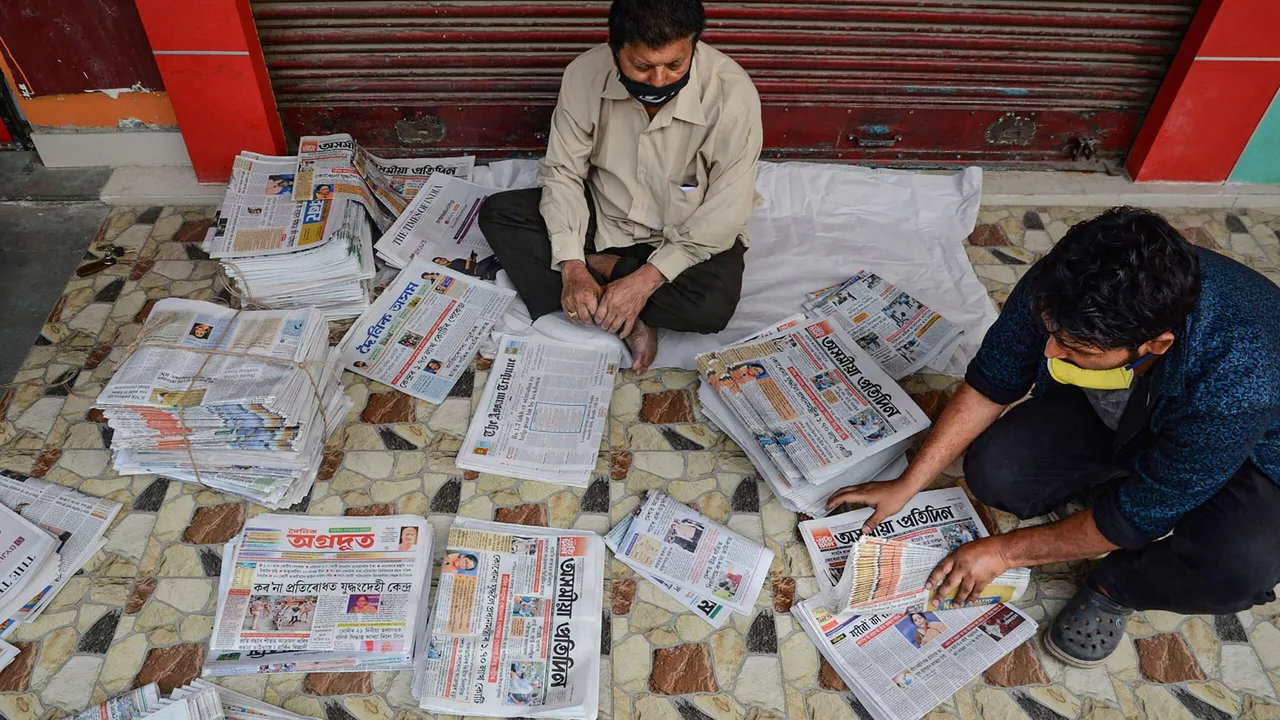Indian Journalism: What’s Happening Right Now?
If you’ve turned on any Hindi or English news channel this week, you’ve probably noticed a mix of heated debates, flashy graphics, and a constant chase for the next big scoop. That’s the everyday reality of Indian journalism – a fast‑paced, high‑energy arena where ratings often dictate the story line. But underneath the noise, there are serious questions about credibility, bias, and the future of news in India.
Major Challenges Facing Indian News Media
One of the biggest complaints from viewers is the sensationalist tone that many channels adopt. Instead of deep analysis, you get loud anchors shouting over each other, sound bites that sound more like drama than reporting, and a tendency to focus on controversy rather than facts. This approach feeds the TRP race – higher ratings mean more ad money, which in turn pushes channels to prioritize eye‑catching headlines over balanced coverage.
Bias is another hot topic. Audiences often feel that certain networks lean heavily toward a particular political party, while others try to appear neutral but end up giving equal airtime to fringe opinions. When news becomes a tool for political messaging, the public’s trust erodes, and the line between journalism and propaganda blurs.
Media ethics also take a hit when stories are rushed. Fact‑checking departments can be understaffed, leading to errors that spread quickly on social platforms. Once a false claim circulates, correcting it becomes a long‑shot, especially when competing outlets amplify the original mistake to keep the conversation alive.
Finally, the digital shift is reshaping how Indians consume news. Younger viewers are abandoning traditional TV for YouTube channels, podcasts, and social media feeds. While this opens up space for independent journalists and niche content, it also means legacy media must adapt or risk becoming irrelevant.
Opportunities and the Road Ahead
Despite the hurdles, there are bright spots. Some outlets are investing in investigative units that dig deep into corruption, environmental issues, and social justice. These pieces win awards and, more importantly, restore faith among readers who crave real substance.
Digital platforms also let journalists experiment with storytelling formats – think interactive graphics, short explainer videos, and live Q&A sessions. When a news story is broken down into a 2‑minute video, it’s more likely to be shared and understood by a wider audience.
Transparency tools are gaining traction. A growing number of channels now display source links, fact‑check badges, and correction notices directly on-screen. This small step helps viewers see the effort behind accurate reporting and signals that the channel cares about credibility.
Regulatory bodies are under pressure to create clearer guidelines that protect press freedom while curbing hate speech and fake news. If done right, such policies could level the playing field and encourage more responsible journalism.
For anyone interested in staying informed, the key is to diversify your news diet. Watch a mix of channels, follow reputable online portals, and don’t shy away from independent blogs that offer fresh perspectives. Cross‑checking stories across sources is the best defense against misinformation.
Indian journalism is at a crossroads. The choices made by editors, anchors, and even viewers today will shape the media landscape for years to come. By demanding higher standards and supporting outlets that prioritize truth over ratings, we can help steer the press back toward its core mission: informing the public with honesty and depth.

Is The Times of India an authentic newspaper?
Alright, folks, let's dive into a spicy topic - The Times of India. Is it authentic? Well, buckle up for a roller-coaster ride of facts! Some say it's as authentic as your grandma's secret lasagna recipe, others claim it's more like a Hollywood movie plot. It's got its fair share of critics and supporters, like a celebrity in a fashion faux pas. But hey, in a world where even your cat's Instagram profile needs fact-checking, The Times of India still holds a strong reputation for being genuine. After all, it's not the oldest English-language newspaper in India for no reason!
Read More